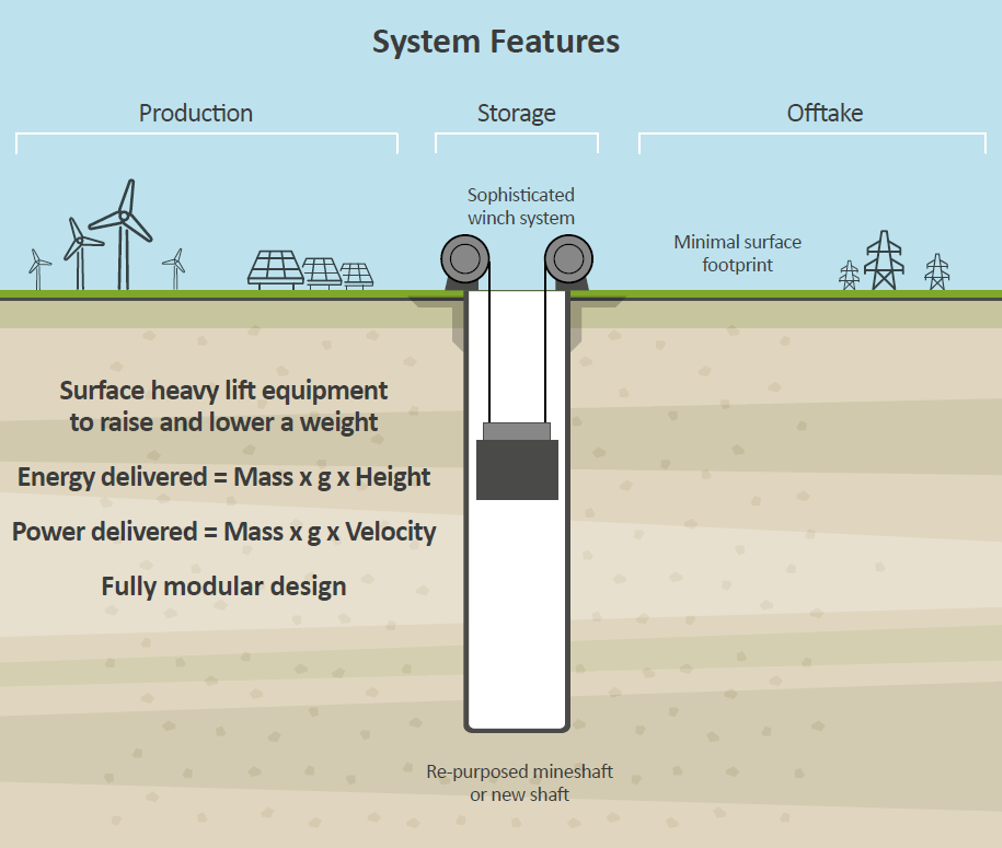Gravitricity’s core technology uses heavy weights and winches in mine shafts, storing off-peak energy to be released back to the grid as required. Known as Gravistore, the system can respond almost instantly like batteries, but with a lifecycle comparable to pumped hydro storage.

Sited in the north east of Slovenia, the Velenje mine currently has six working shafts and over 1,600 mine employees. But with lignite operations set to wind down in the 20230s, the mine is looking to alternative uses for the site.
Gravitricity engineers have visited the site to assess the technical feasibility of installing systems in two specific shafts. One of these is a ventilation shaft which may become available for a potential pilot project, which could start as early as next year, according to the company.
Related content
“The survey includes an all-site assessment looking at energy demand, production, and storage, provides an initial calculation of the potential energy storage capacity for each of the six shafts on site, and completes a technical feasibility assessment for the installation of two GraviStore systems,” said Nigel Voaden, Gravitricity engineering project manager.
Following the survey, the Velenje mine operators will have the opportunity to consider a second phase of the feasibility study before any final decision on a pilot scheme. The mine’s parent company HSE Group is Slovenia’s largest producer of renewable electricity. According to Gravitricity, a future storage scheme may be combined with on-site solar generation.
“The Velenje mine could be very well suited to future energy storage schemes as the operational shafts are both deep and in excellent condition and we are grateful to the mine’s operators for commissioning this study,” said Nigel Voaden, Gravitricity engineering project manager. “Any future project could offer a new future to many of the hundreds of people who work at the mine today."











McMurtry Spéirling defies gravity using fan downforce
Ground effect fans were banned from competitive motorsport from the end of the 1978 season following the introduction of Gordon Murray's Brabham...